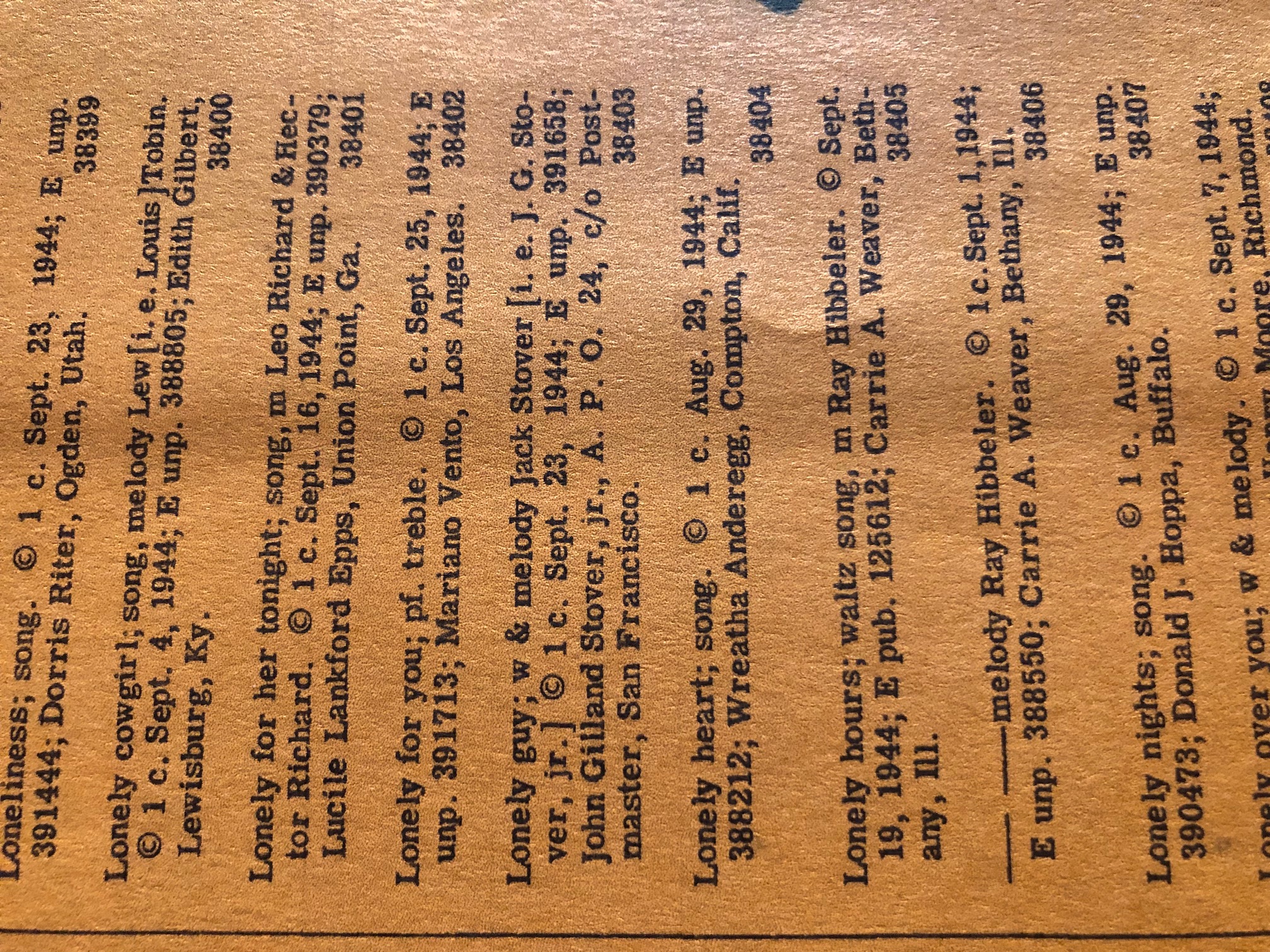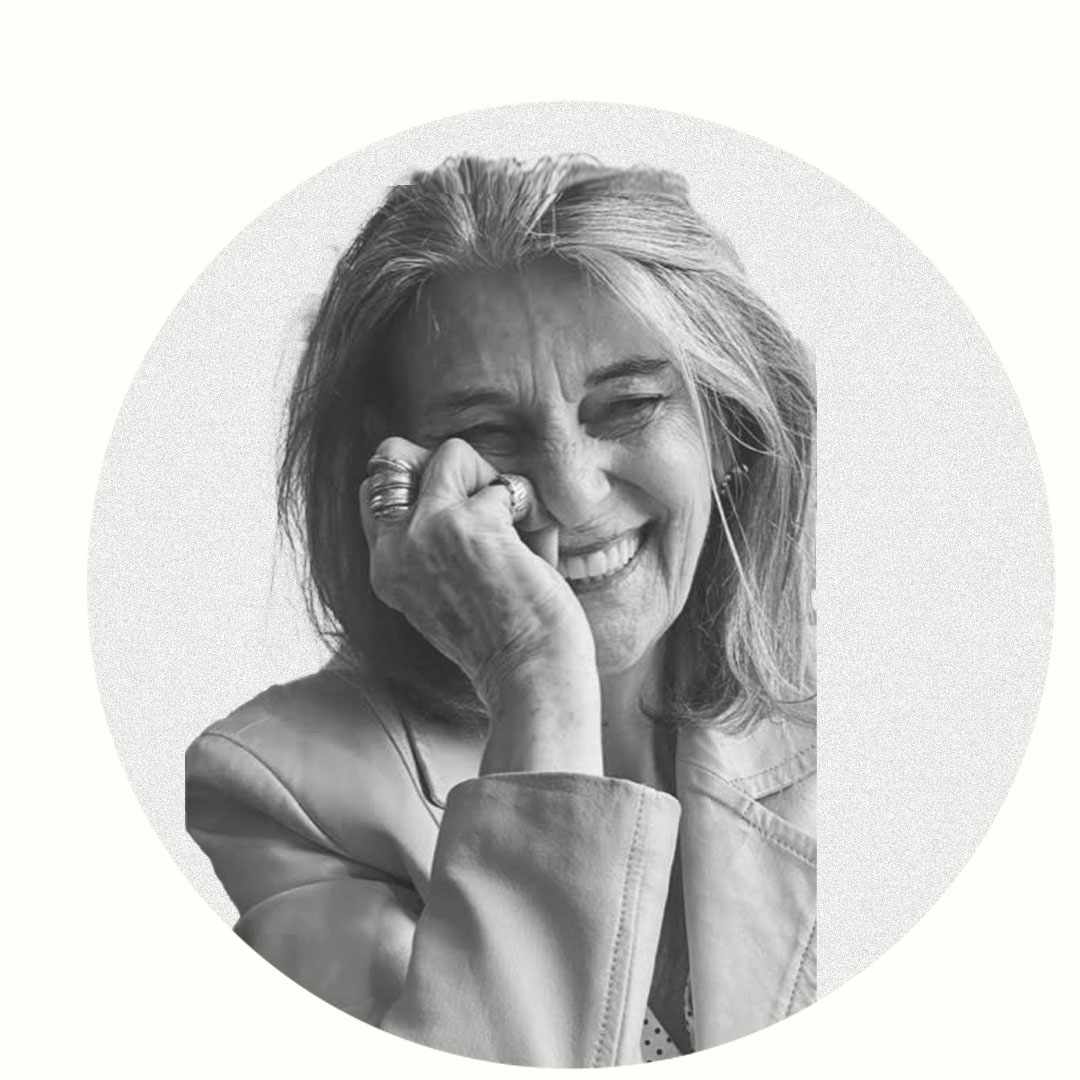


I had noticed the triad of hearts on the wall in my friend’s home for years.
Recessed in a hallway alcove away from casual prying eyes, it wasn’t hidden, just private. Small, no more than four inches by three, hanging by a crude straw hemp string were the three hearts, one of red plaster with a raised ragged thicket of thorns, one a tiny engraved-silver heart dangling from a frayed thin red ribbon, and another glossy red plaster heart mended with yellow cross-stitches. All hung over a broadhead carpenter nail that held the base—an elegant repoussé coin-silver heart, shaped like the Mexican milagros. It held my attention.
One day taking a bit of courage—I asked––“What? Why? The hearts?”
She answered, “Oh, the corazones …” walking away from me she threw out, “to remind myself all hearts get broken.”
There was no answer to that—and she deflected to something else, and I went along with it.
The famous line from MOONSTRUCK popped into mind. Ronny (Nicolas Cage) bellows to Loretta (Cher), “We are here to ruin ourselves and break our hearts and love the wrong people and die.”

The corazones. Photo by the author.
Being a photographer of sorts, next time in the house, I photographed it without her noticing or any commentary. It spoke to me. I wanted, selfishly as we who capture images do, for myself to be part of what we encounter. Then...
I forgot about it.
Until my friend died and for some unfathomable reason she appointed me as the “personal representative” over her effects—that’s what lawyers and the courts dryly call the things that remain behind, the essence of one’s life.
Among those “deceased’s items of inventory” was a hand-tooled leather journal bulging with papers, articles, and notes, in addition to hand-written remarks, commentary, her writing, and an unleashed rage I had never seen in her. My friend’s big, angular writing ran off the page in expletives I never, well, rarely, heard from her and certainly not all on one page, focused to obliterate any intruder into her soul and her very—very—private life.
It occurred to me I had not really been there for her at critical times. She, as with everything scored and scarred in her, kept what mattered most close to her heart. She used to say she was “Old Testament”, believed in an “eye for an eye, a tooth for a tooth.” I never quite believed she possessed that raw passion for revenge, self-recrimination and examination, and the ambition to leave her mark. But reading these pages now—I became a believer. Is it often we don’t know someone until after they’re dead? So many stories, but what stood out was her quest for understanding the life and death of her mother, an all-consuming search that was to ultimately leave her hungry and unfulfilled.
The journal contained no solipsistic whining or “complaint”—more like keening—that ancient Celtic sorrowful grieving howl or lament. It seemed poetic—shortly before her death her DNA testing had revealed a surprising percentage of Celtic and Scottish heritage, although she had been disappointed, hoping for that lost connection to Hungarian vineyard keepers or ancient Jewish resistance fighters or a Baroque cellist who had played for Bach—something exotic, definitive, and rebellious.
I remember when she finally took the DNA test. She had been skeptical, fearing the results would reveal an inherent weakness of character or resolve that was genetic, the fear it would infect her as she had struggled all her life for survival and needed some ancestral lineage that possessed backbone and grit––someone to be proud of. She wanted the fairytale she had formulated to be true. “Just one I can claim for myself…all I’m asking, one blood hero,” she had said once as an aside. Now I understood her need.
A death certificate from the 1950s slipped out of the journal, her mother’s, with stated cause of death as self-inflicted gunshot to the heart. Age 34. Several pages were devoted to the terror of witnessing that act and the abandonment that followed...at age six. How did her own heart not stop in that moment as well?
Pages later, an explosive rant against feckless friends in adulthood who had questioned her “authenticity” for telling a slightly altered story of the loss of both parents. She scribbled in bold black ink—“Who the fuck really wants to hear how it really was?”—and—“No one has the right to my story unless I care to share it.” She had determined a palatable story that imparted the essence—a great loss, a tragedy, a trauma—that shrouded the rest of her childhood, if not her life. No one was owed the details.
The corazones began to make sense.
Her loss informed the deep sense of sorrow she rarely let surface. Losses were part of those corazones––lost dreams, lost loves, and lost lives.

Library of Congress copyright records. Photo by the author.
Being a writer, she was insatiably connected to research on the Internet and––as all of us do—we randomly put in a name, a place. She had traced a small contingent of blood relatives that she never pursued, but the one time in the middle of a night’s long work, her mother’s full name typed in the search bar revealed something new.
Taped in the journal was a print-out from the Library of Congress records of a song, copyright 1944, under her mother’s name. A revelation. But the blow was the title, Lonely Heart. “Absurd!” she scribbled in the journal, but she confessed to some excitement that finally, here, would be insight into her mother—and her soul, she had to have one. My conflicted friend wanted to find something to love about a mother who was absent her entire life, something substantive to explain this person for whom she could not find forgiveness for neglect and abandonment.
The letters back east inquiring and requesting a copy of the lyrics finally were answered. It was impossible to access the lyrics as all those old records had been destroyed and not transferred digitally or microfiched. They offered to send a certificate for $55 stating the information that it had existed. She declined.
What she wanted was not available. And would remain so. The disappointment was her own heartbreak, she wanted to know what possessed her mother to pen those words and consider them important enough to copyright. Loss, all over again.
Feeling I had intruded, I closed the notebook. I accepted her gift.
Thus, I have saved the corazones for her granddaughter when she is old enough to absorb the story, to care for it and the rich journal inscribed to her. I keep a photo of the corazones on a shelf to remind myself that loss is part of giving yourself over to love.

San Francisco city kid gone rogue, Jude DeLorca describes herself as a cross between Cochran's AGNES and Celtic Boadicea. Addicted to Bach, dogs, Mario Acevedo's Felix Gomez books, and bright men, not necessarily in that order. Corazones is one of fourteen stories in her collection MIDNIGHT'S CROW.
We welcome Letters to the Editor. Send your thoughts, comments, and responses to jeanluc@thehartandthecur.com. We look forward to hearing from you.
Copyright © 2024 The Hart & The Cur



